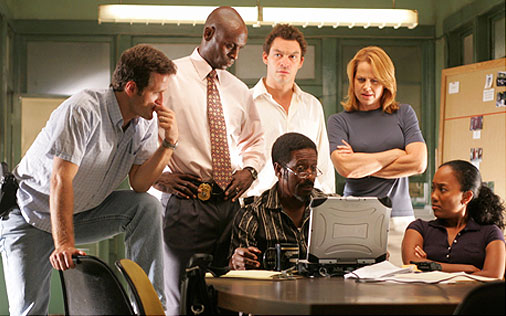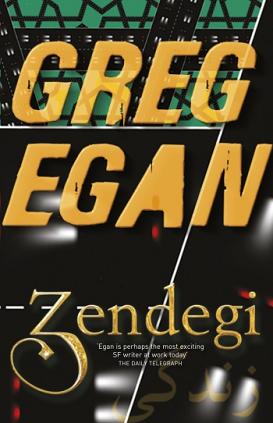The biggest news this week, and likely something that will stay in the headlines for months to come, is of course the rolling release of over 250,000 cables from the US State Department by the whistle-blowing website Wikileaks. I have mixed feelings about the whole thing. On the one hand, many of the documents are of doubtful value. It’s clear for example that a significant percentage of the documents are gossipy nonsense. Salacious details like what kind of girls Libyan leader Muammar Gaddafi is into no doubt attracts plenty of eyeballs, but it’s hard to see what kind of public interest is being served by publishing them.
Of the rest, some are interesting but don’t really tell us anything that we didn’t already know. Should we be surprised that the US aggressively spies on top UN officials, or that half the countries in the Middle East are apparently more eager to bomb Iran than even the craziest American neo-con? As satisfying as it is to see these suspicions confirmed, that’s not worth the damage that making this all public will do to international diplomacy. Outing Saudi Arabia in this way for example will simply put more pressure on their government to cave in to their local Islamist factions and compel them to turn up the anti-American rhetoric. In the same way, China seems to be more open to a unified Korea under Seoul than they’d henceforth admitted but this public revelation will simply make them clam up again to appease their nationalist faction.
On the other hand, good can and has many times in the past been served by whistle-blowing. Western governments have certainly been happy to encourage workers to blow the whistle on employers who have broken laws and have recently made it much easier and safer to do so. Why should governments themselves be held as an exception? This editorial from The Economist for example argues that while such leaks damage the effectiveness of government, they also improve the quality of democracy by allowing voters to peer into the inner workings of the bureaucracy and to know what’s really going on. The example it cites, of the Bush administration pressuring Germany not to prosecute CIA operatives involved in the “extraordinary rendition” of somone who was ultimately proved to be innocent, is a solid case of government malfeasance that would not have come to light without leaks of this kind.
The conundrum therefore is that it is in the public interest that morally corrupt government wrongdoing be exposed and that the legitimate business of government that needs to be secret should remain so, but we trust no one to be an impartial and infallible judge of which category any particular case might fall into. Due to this, I guess Wikileaks is not such a bad compromise after all if it could live up to its mission statement of being open to everyone and of being impartial. Sadly, judging from the personal history of its founder Julian Assange and the anti-US editorial Wikileaks chose to attach to this round of leaks, this does not seem to be the case.


